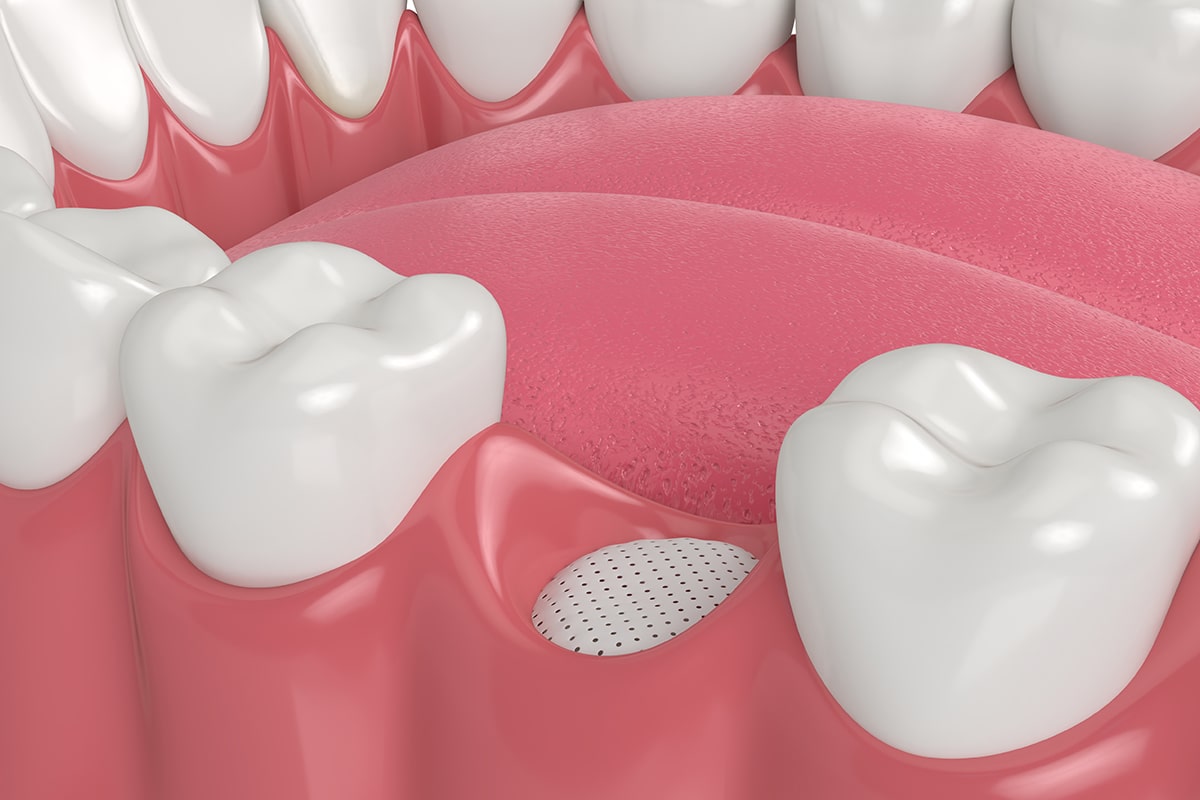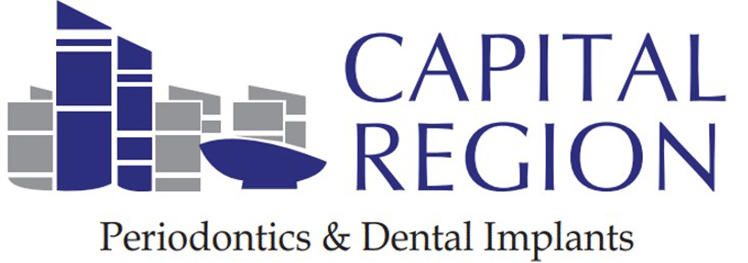
When it comes to ensuring the effectiveness of dental implants, bone grafting plays a pivotal role. Dental implants have revolutionized restorative dentistry, offering a stable and lasting solution for replacing missing teeth. However, the success of an implant depends significantly on the condition of the patient’s jawbone, and this is where bone grafting can make a world of difference.
In this article, we will discuss why adequate bone structure is crucial for dental implants, explain the bone grafting process, and highlight the significant benefits it provides.
Why Bone Health Matters for Dental Implants
Dental implants function as replacements for natural tooth roots. They fuse with the jawbone through a process called osseointegration, creating a stable foundation for artificial teeth. However, this can only happen if the jawbone has enough density and volume to support the implant.
Unfortunately, some patients experience bone loss due to factors like periodontal disease, trauma, or long-term tooth loss. When a tooth is missing, the bone underneath no longer receives stimulation from daily chewing forces, causing it to gradually deteriorate. Without adequate bone, an implant cannot remain secure, increasing the risk of failure.
Bone grafting is often recommended when patients do not have sufficient bone density to anchor an implant. This procedure rebuilds the bone, giving us—your periodontal team—the foundation needed to provide our patients with a reliable implant.
Understanding the Bone Grafting Process
Bone grafting might sound intimidating, but it is a routine and highly effective procedure that helps restore both function and aesthetics. Here’s an overview of what the process entails and what you can expect at Capital Region Periodontics and Dental Implants.
Evaluation and Planning
The first step involves a thorough evaluation. Some patients may require advanced imaging to assess the current state of their jawbone. We use this information to design a personalized treatment plan. Our experienced periodontists consider the location of the missing tooth and the type of bone deficiency when selecting the most appropriate grafting technique.
The Procedure
The bone grafting procedure itself is precise and meticulous. After preparing the affected area, the grafting material is carefully placed and secured. Over time, the bone graft integrates with the surrounding natural bone, encouraging new growth and creating a stronger, denser structure.
Recovery from bone grafting typically involves minor swelling and discomfort, which most patients find manageable with over-the-counter pain relief. And while the healing period may vary, many patients see significant improvement in bone volume within a few months, making them great candidates for dental implants.
The Benefits of Bone Grafting
Bone grafting is much more than a preparatory step for dental implants. It offers numerous benefits for oral health, appearance, and overall quality of life.
1. Enhanced Implant Success Rates
Perhaps the most important benefit of bone grafting is that it increases success rates for dental implants. A strong and stable foundation ensures that the implant stays secured for years to come.
2. Restored Facial Appearance
Bone loss in the jaw can affect the structure and shape of your face, leading to a “sunken” appearance around the mouth. By restoring bone volume, grafting can help improve facial symmetry and reverse the effects of bone loss on your appearance.
3. Improved Oral Health
A healthy jawbone supports neighboring teeth and creates a stable structure for your bite. Bone grafting prevents further bone loss and helps protect your remaining teeth.
4. Long-Term Value
Dental implants are an investment in your long-term oral health. Bone grafting maximizes that investment by creating the right conditions for the implant to function effectively.
5. Natural Functionality
When paired with a dental implant, bone grafting restores your ability to speak, chew, and smile confidently. Patients often feel an improved quality of life after completing their treatment.
Frequently Asked Questions About Bone Grafting
Do all dental implant patients require bone grafting?
Not every patient needs bone grafting for implants. During your consultation, we’ll evaluate your oral health and determine whether grafting is necessary to achieve the best outcome.
Is bone grafting painful?
Bone grafting is typically performed under local anesthesia, and we take every measure to ensure patients are comfortable throughout the procedure. Discomfort during recovery is generally mild and temporary.
Ensuring Long-Term Success Together
At Capital Region Periodontics and Dental Implants, we believe that no patient should feel limited by missing teeth. With advanced procedures like bone grafting, we create the foundation for success, giving you the opportunity to restore your smile with confidence.
If you’ve been considering dental implants but are unsure whether bone grafting is necessary, we encourage you to explore our bone grafting services. Each step of treatment is tailored to meet your needs, ensuring quality care and exceptional results.
At Capital Region Periodontics and Dental Implants, we specialize in improving oral health and restoring smiles throughout Albany, NY. With a commitment to advanced periodontal and implant care, our team is here to help you achieve the results you deserve. For more information, don’t hesitate to contact us.

